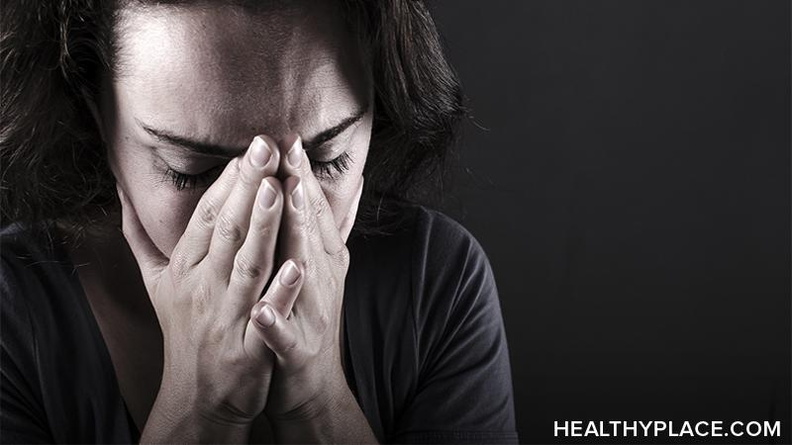Anxiety Disorders: Diagnostic Criteria

Diagnosis of Anxiety Syndromes
Syndromes are not disorders, but "building blocks for disorders" (like the "episodes" in mood disorders).
Panic Attacks
Includes multiple symptoms (4 or more of the following):
- palpitations, pounding heart or increased heart rate
- sweating
- trembling or shaking
- shortness of breath, smothering
- choking sensation
- chest pain
- nausea
- dizziness
- derealization (feelings of unreality) or depersonalization
- feeling of losing control/going crazy
- fear of dying
- paresthesias
- chills
Starts abruptly, peaks in about 10 minutes
Agoraphobia
Fear and avoidance of places/situations where one cannot escape; usually, the fear is that one might have a panic attack and be without help
Diagnosis of Anxiety Disorders
Panic disorder
Recurrent panic attacks
Anticipatory anxiety around the attack
Can be with or without agoraphobia
Agoraphobia without history of panic disorder
No panic disorder
Not due to a medical/substance disorder
Specific phobia
Excessive fear of an object/situation
Avoidance of the object/situation or endurance with intense anxiety
Specific Types
- Animal Type
- Natural Environment Type (heights, storms, water)
- Blood-Injection-Injury Type
- Situational Type
- Other
Social phobia
Excessive fear of a social situation (not normal shyness); usually a fear of humiliation
Typical fears: talking, eating, going to bathroom in public, and can be generalized to most social situations
Differs from agoraphobia in that social phobia is fear of being in a situation where you might be without help or escape
Obsessive-Compulsive disorder (OCD)
Either or both:
- obsessions (intrusive thoughts, usually recognized as such)
- compulsions (repetitive behaviors that help to reduce anxiety (ex. washing hands to reduce fear of contamination)
Good insight (so that it differs from a delusion)
Posttraumatic Stress Disorder (PTSD)
Meets at least 3 of the following components:
- a traumatic situation occurred
- the trauma is re-experienced, ranging from recollections to nightmares or flashbacks
- avoidance behavior, or numbing of general responsiveness
- persistent symptoms of increased arousal
Social/occupational dysfunction.
Can be acute (< 3 months) or chronic, but requires more than 1 month of symptoms
Acute Stress Disorder
Like PTSD, but less than 1 month.
Generalized Anxiety Disorder (GAD)
This is the disorder for people who are chronically anxious.
Must have excessive anxiety and worry about a number of activities or events occurring more days than not for ≥ 6 months. The worries are difficult to control and must be associated with ≥ 3 of the following:
- Restlessness or a keyed-up or on-edge feeling
- Easily fatigued
- Difficulty concentrating
- Irritability
- Muscle tension
- Disturbed sleep
The psychiatric symptoms must cause significant distress or significantly impair functioning. Also, the anxiety and worry cannot be accounted for by substance use or a general medical disorder.
Anxiety Disorder Due to a General Medical Condition, and Substance-Induced Anxiety Disorder
Can demonstrate as generalized anxiety, panic attacks or OCD symptoms OR phobic symptoms in the case of substances
APA Reference
Staff, H.
(2007, February 19). Anxiety Disorders: Diagnostic Criteria, HealthyPlace. Retrieved
on 2024, May 17 from https://www.healthyplace.com/anxiety-panic/articles/anxiety-disorders-diagnostic-criteria



